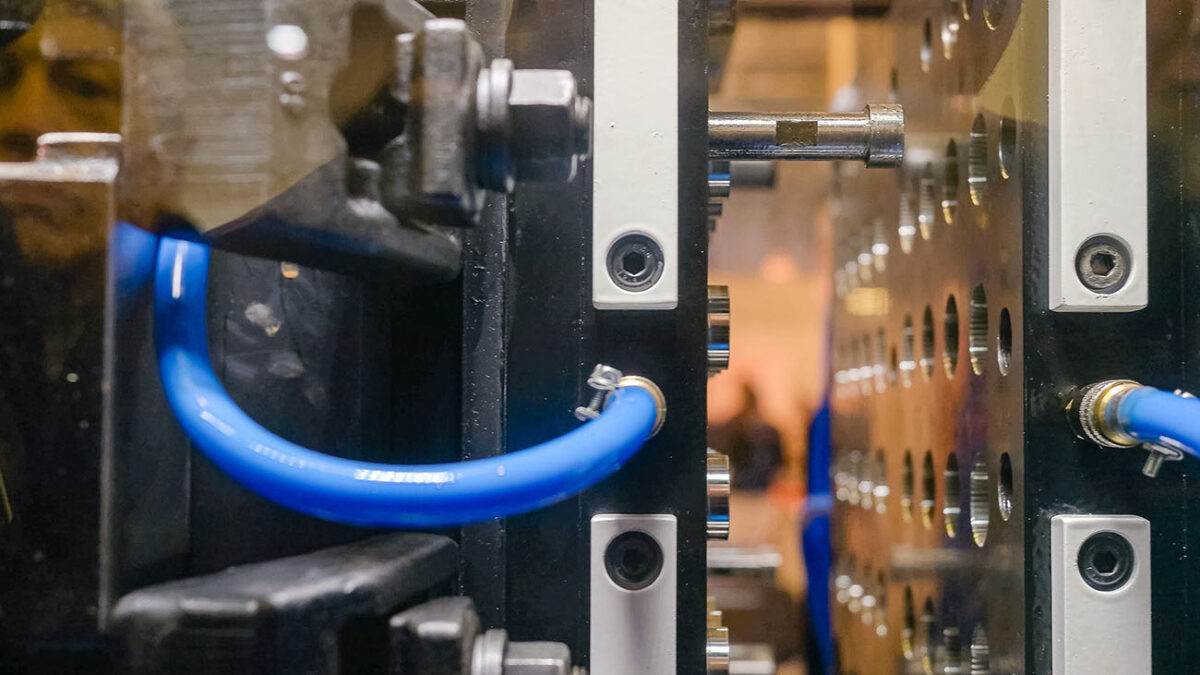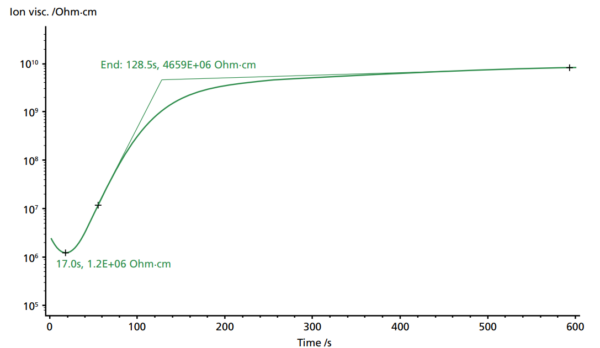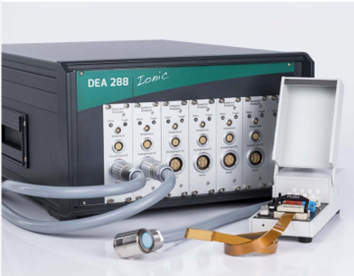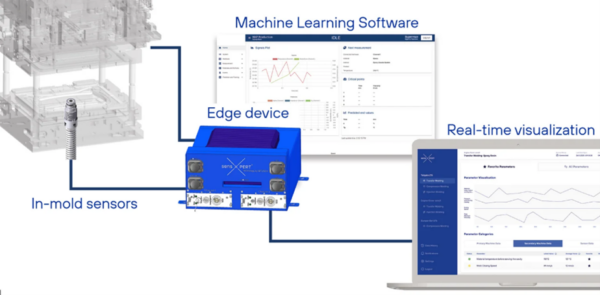Enhancing Molding Processes with Dielectric Analysis

By leveraging the capabilities of Dielectric Analysis (DEA), manufacturers can achieve higher standards of quality and performance, leading to better products and increased market competitiveness.
Dielectric analysis (DEA) has emerged as a crucial technique in the manufacturing industry, particularly in molding. This analytical method offers insights into the cure behavior and properties of polymer materials, enhancing process optimization and product quality.
You can also read: The Art of the Small: Strategies for Success in Micro Molding
DEA monitors the curing of thermosetting resins, adhesives, paints, and composites to measure changes in dielectric properties. This allows for precise viscosity and cure state assessments, making it essential for laboratory and production environments.
How does Dielectric Analysis Work?
Dielectric analysis measures a material’s dielectric properties as it undergoes thermal and mechanical changes. This technique involves applying an alternating electric field to the material and measuring its response, using molecular structure and mobility influence.
The critical parameters measured include permittivity (dielectric constant) and dielectric loss factor, which provide information on the material’s curing state, viscosity, and overall molecular dynamics.
Exploring Material Properties
One of the primary applications of DEA is determining the degree of cure, which describes the extent of conversion achieved during crosslinking reactions. This measurement is essential for ensuring the material reaches its desired mechanical properties. DEA also helps identify the gel-point, a critical phase where the material transitions from a viscous to an elastic state and assesses the flow behavior and reactivity of materials during processing.

DEA measurement on a UV curing adhesive based on a modified epoxy resin. Courtesy of NETZSCH.
Industry case reports have demonstrated the efficacy of DEA in various molding applications. For instance, in the production of composite materials, Manufacturers use DEA to monitor the curing of epoxy resins, ensuring optimal mechanical properties and performance.
DEA Application in Molding Processes

Dielectric Cure Monitoring. Courtesy of NETZSCH.
Companies like NETZSCH integrate DEA solutions into molds to provide continuous, real-time monitoring and precise control over the curing process. This integration improves the consistency and quality of molded parts by allowing for immediate adjustments to processing parameters, ensuring the material cures properly, and avoiding defects such as incomplete or over-curing.
Boosting Transparency
SensXpert, a technology business dedicated to providing substantial productivity and quality improvements to plastics industry processors using data-driven manufacturing solutions. This underscores the importance of process transparency in molding processes. Moreover, their advanced dielectric sensors enhance understanding of material behavior and process control, providing manufacturers with deep insights into the curing process. This transparency allows for precise control and adjustment of processing conditions, ensuring optimal material performance.

SensXPERT combines sensor-based mold data with advanced machine learning software to evaluate critical material, machine, and process parameters in real time. Courtesy of SensXPERT
The real-time data provided by SensXpert’s sensors facilitate data-driven decision-making, enabling manufacturers to make informed adjustments to the molding process. This approach minimizes waste, reduces cycle times, and ensures consistent product quality.
Maximizing Efficiency and Quality with DEA
In conclusion, dielectric analysis (DEA) offers substantial advantages in molding processes by providing real-time data on the curing process. This capability significantly enhances product quality. Additionally, DEA enables manufacturers to closely monitor and control material properties, ensuring superior performance. This is especially crucial in critical industries like aerospace and automotive sectors. Furthermore, DEA optimizes the molding process by delivering detailed insights into the material’s cure kinetics. As a result, manufacturers experience reduced cycle times, lower energy consumption, and overall cost savings.
